In 1965, The Byrds’ hit singles “Turn! Turn! Turn!” and the Bob Dylan cover “Mr. Tambourine Man” transformed rock music. Inspired by The Beatles and other British Invasion groups, The Byrds first pioneered folk rock before “Eight Miles High” helped launch psychedelic and raga rock.
Videos by American Songwriter
As tensions grew within the band, David Crosby left to form the supergroup Crosby, Stills, Nash & Young. Gram Parsons joined and infused country music into The Byrds, leading to the recording of Sweetheart Of The Rodeo, the seminal country rock album that began Parsons’ own profound impact on everyone from The Rolling Stones to Wilco.
When co-founder Chris Hillman left to join Parsons in The Flying Burrito Brothers, only Roger McGuinn remained as an original band member. This initial chapter, between 1965 and 1968, influenced many iconic bands, as you’ll hear below.
Tom Petty And The Heartbreakers
You can hear The Byrds’ influence on Tom Petty’s songwriting in jangly tunes like “American Girl” and “Listen To Her Heart”. Roger McGuinn’s band drew Petty to Los Angeles, where he wanted to immerse himself in the epicenter of his heroes’ “whacked-out beatnik rock.” Like McGuinn, Petty played a Rickenbacker guitar, a defining instrument in jangle pop. It’s hard to separate the sound of McGuinn’s 12-string guitar from The Byrds or Petty. McGuinn’s musical fingerprints also appear in Petty’s supergroup, The Traveling Wilburys—featuring Bob Dylan and George Harrison, continuing folk rock’s evolution.
The Smiths
When The Smiths emerged from Manchester in the early 80s, the classic rock and blues of Jimmy Page and similar guitarists were out of fashion. Johnny Marr became a different kind of guitar hero with his black-and-white Rickenbacker and shimmering chords. Marr wrote iconic riffs, fusing The Byrds’ jangle pop with a punk ethos. Like McGuinn, Marr helped pioneer a new playing style, forever changing the future of alternative rock. He may have borrowed from George Harrison and James Honeyman-Scott of Pretenders, but it’s hard to imagine the jangle of those guitarists without The Byrds.
R.E.M.
I didn’t intend this piece to be about Rickenbacker guitars, but it must be mentioned. The 12-string Rickenbacker was as crucial to McGuinn’s sound as the Fender Stratocaster was to Jimi Hendrix. Peter Buck played one too, and his riffs combined The Byrds’ electric folk with power pop and post-punk. Buck’s 12-string riff on “So. Central Rain” built upon the success of “Radio Free Europe”. Together, they helped stir a musical revolution at college radio. Without R.E.M., who knows how long it would have taken for alternative music to become mainstream?
Photo by PA Images via Getty Images


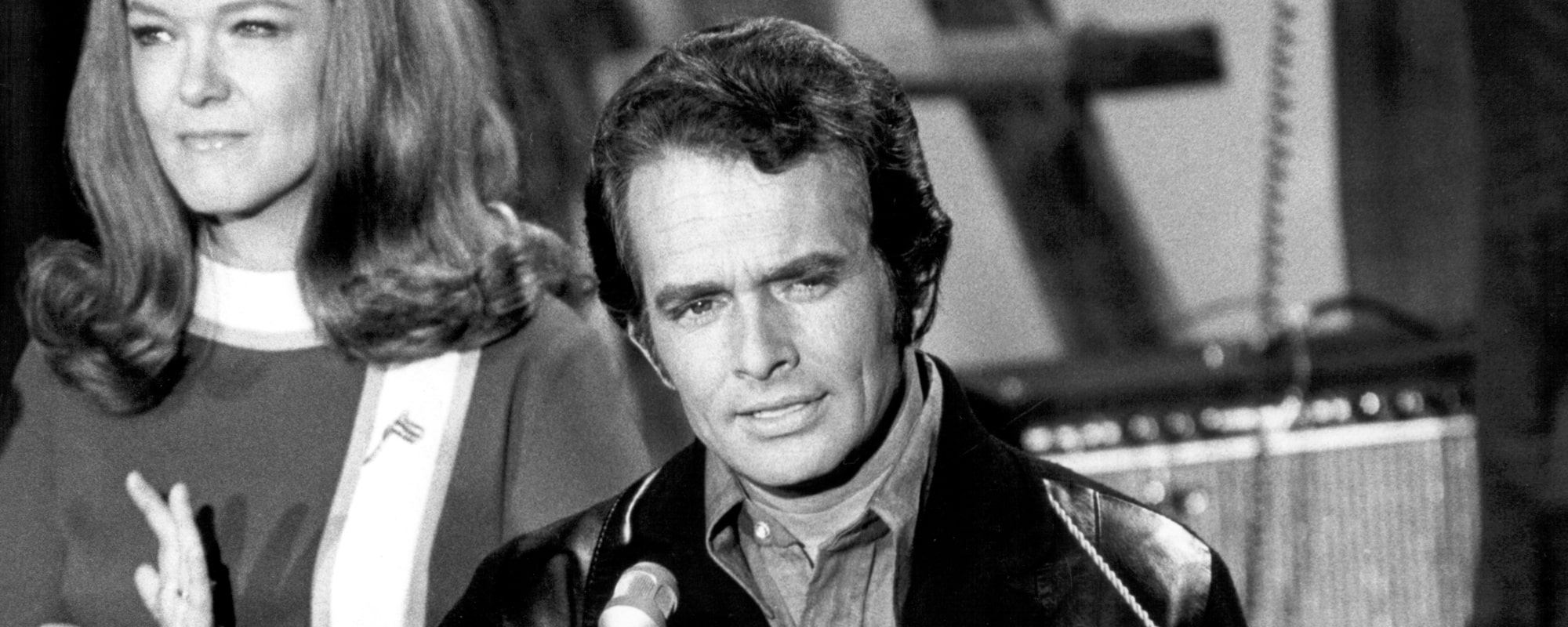
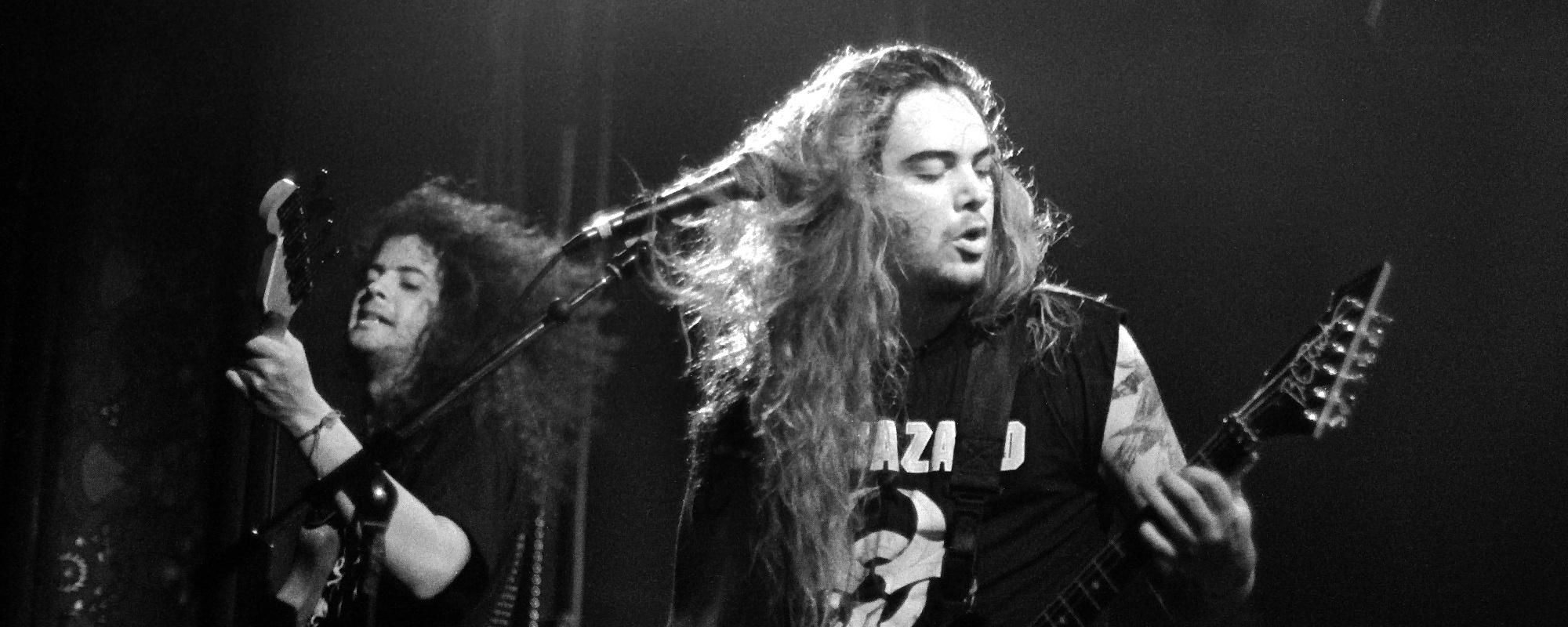

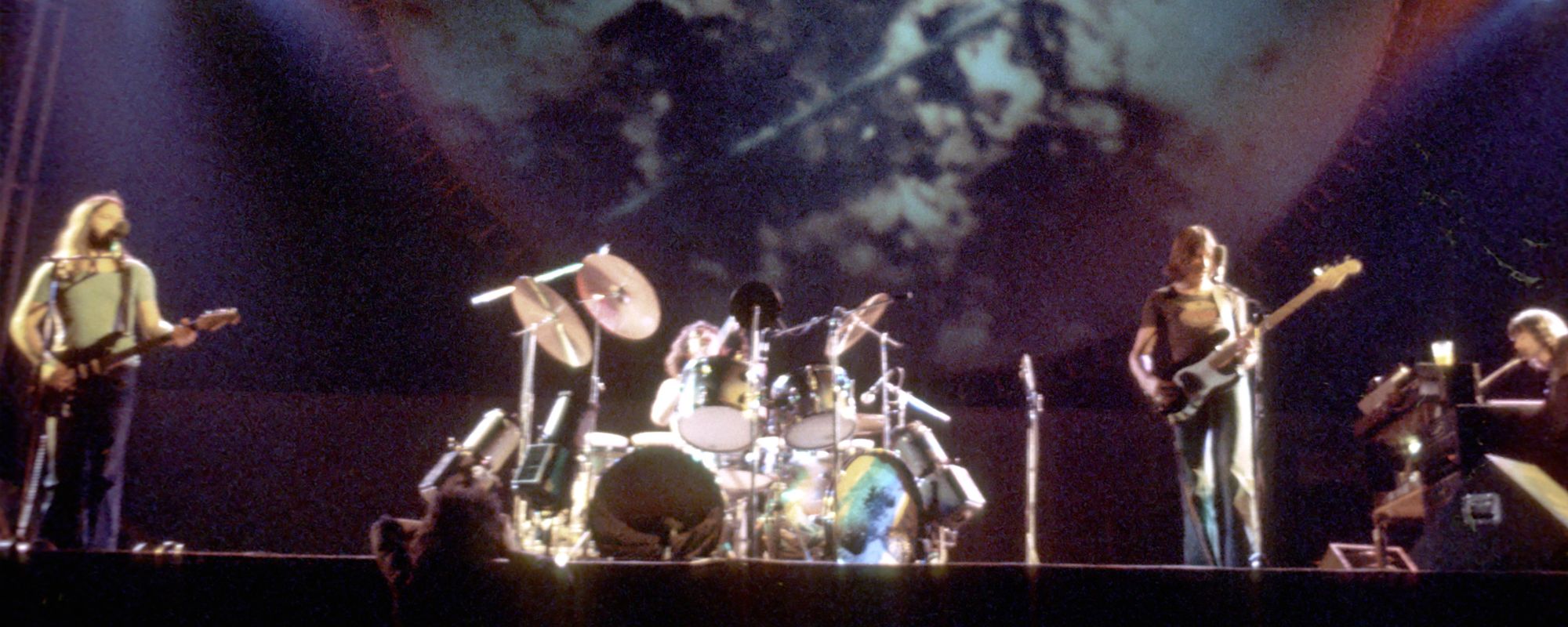
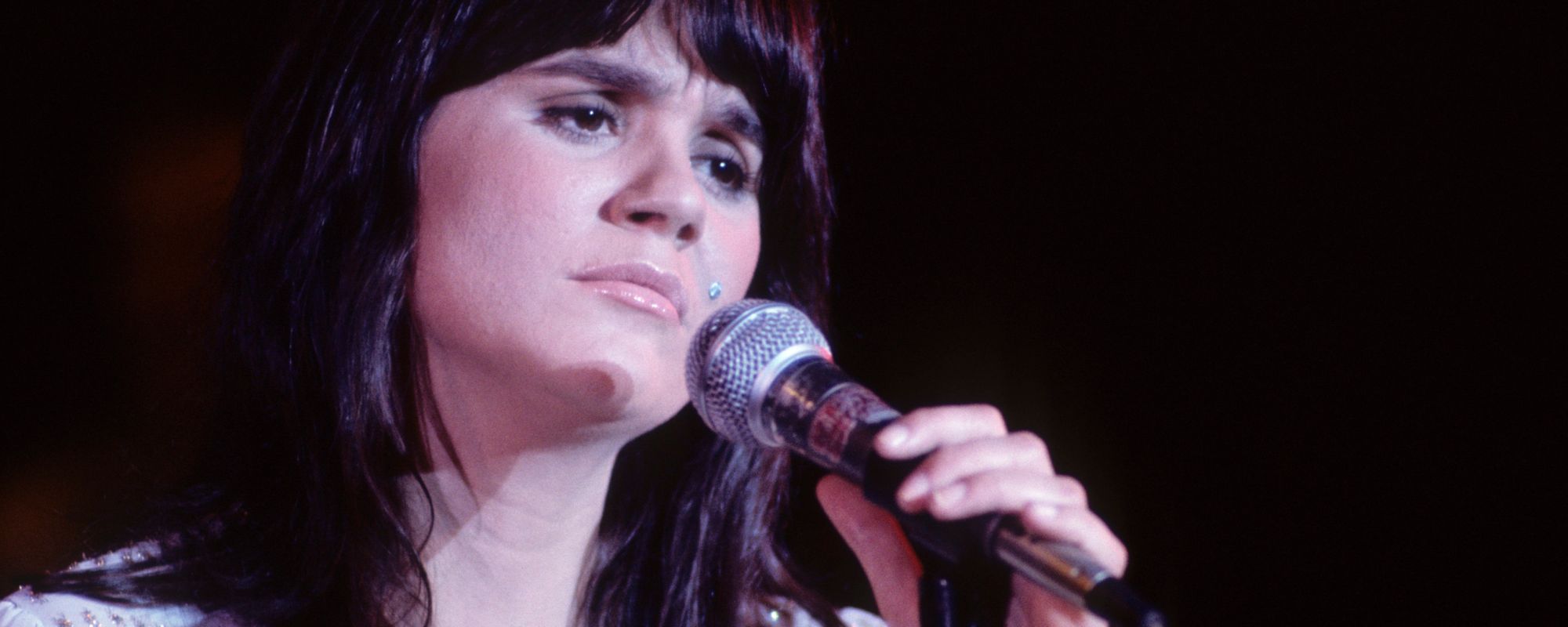
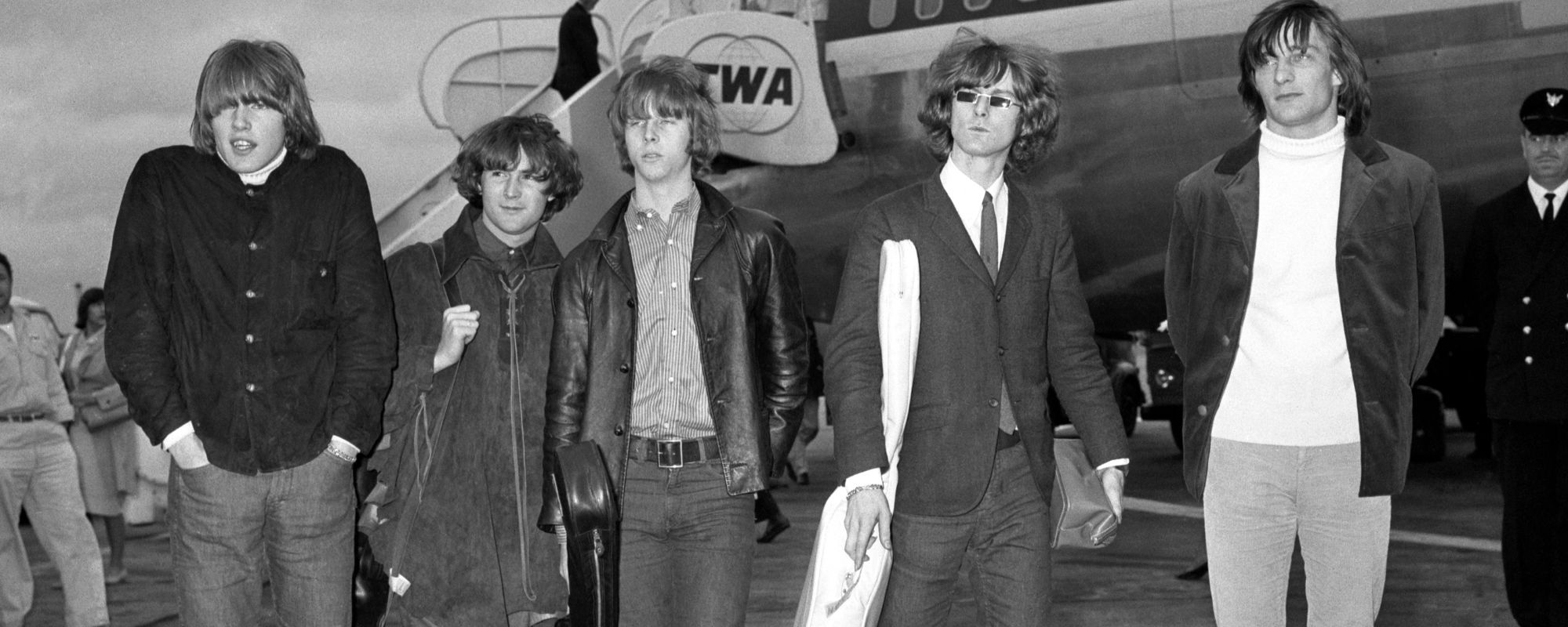

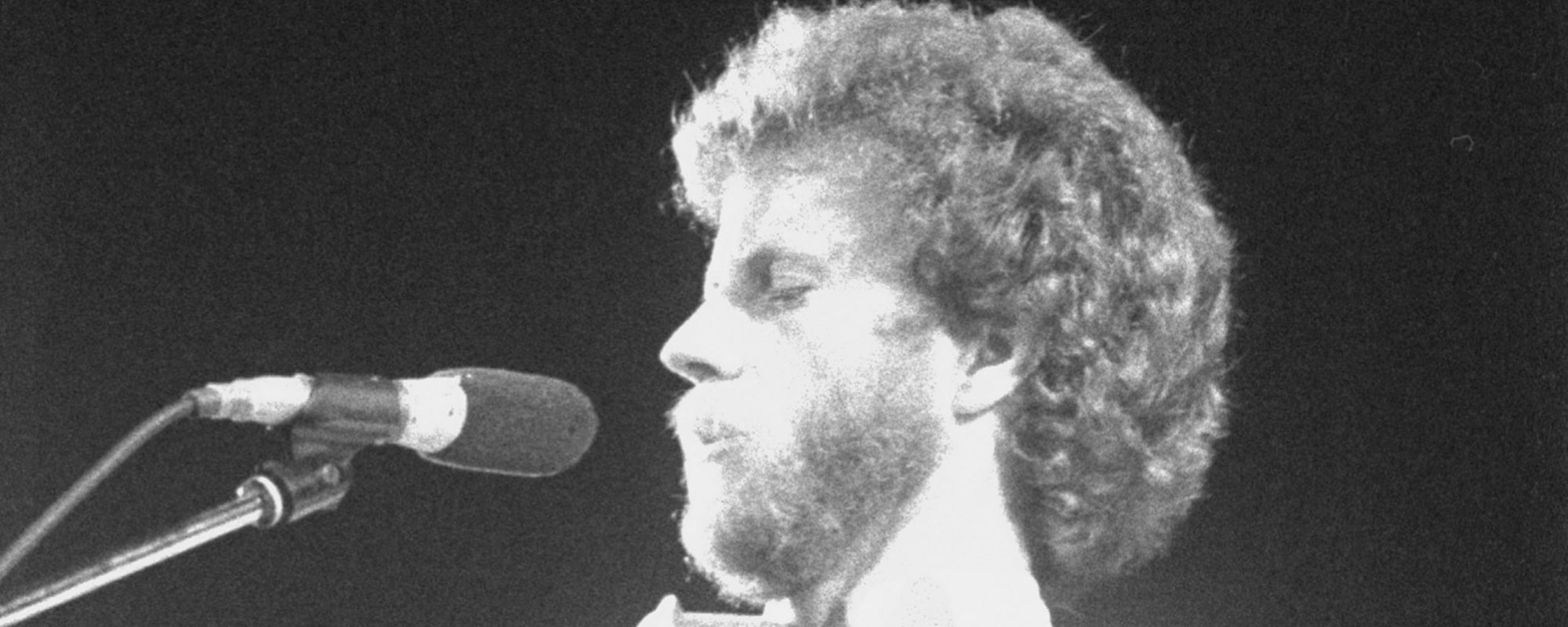
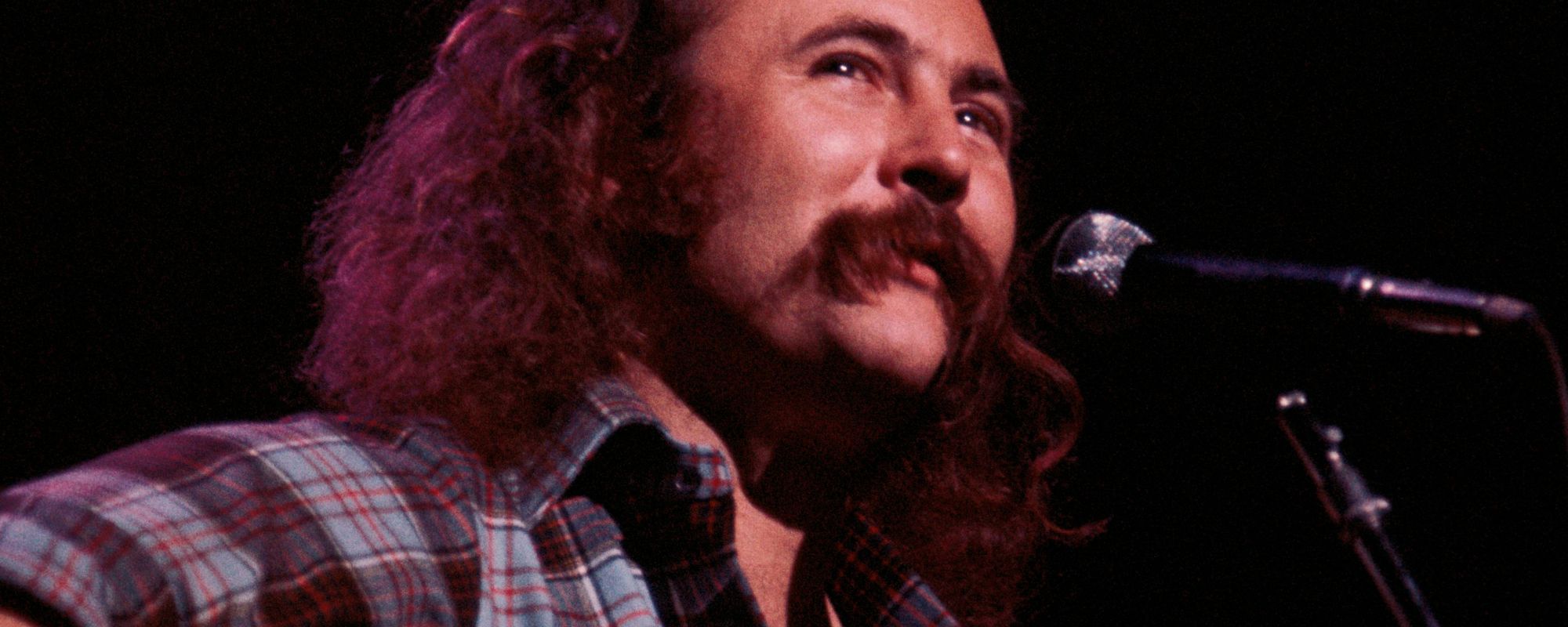


Leave a Reply
Only members can comment. Become a member. Already a member? Log in.